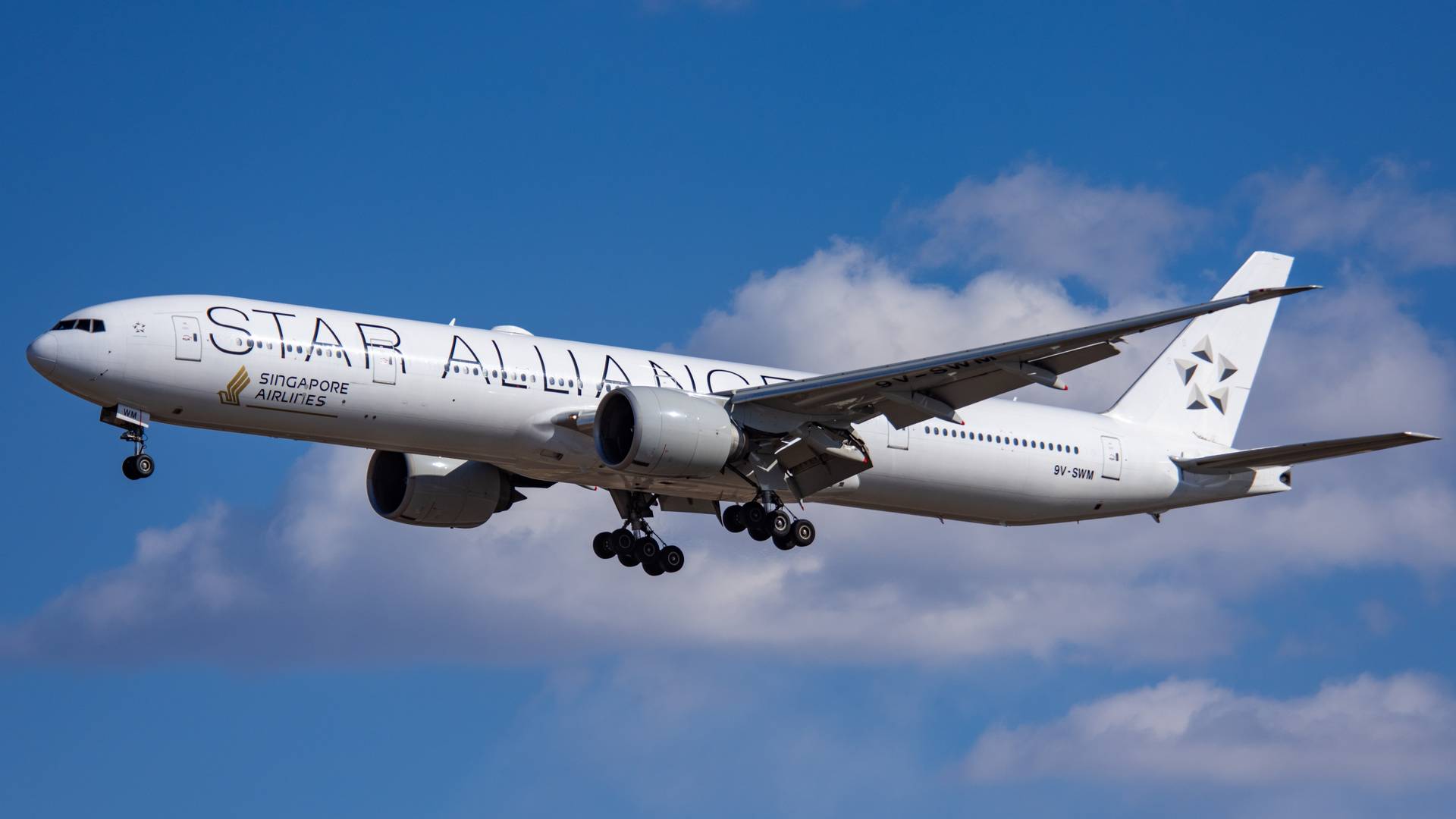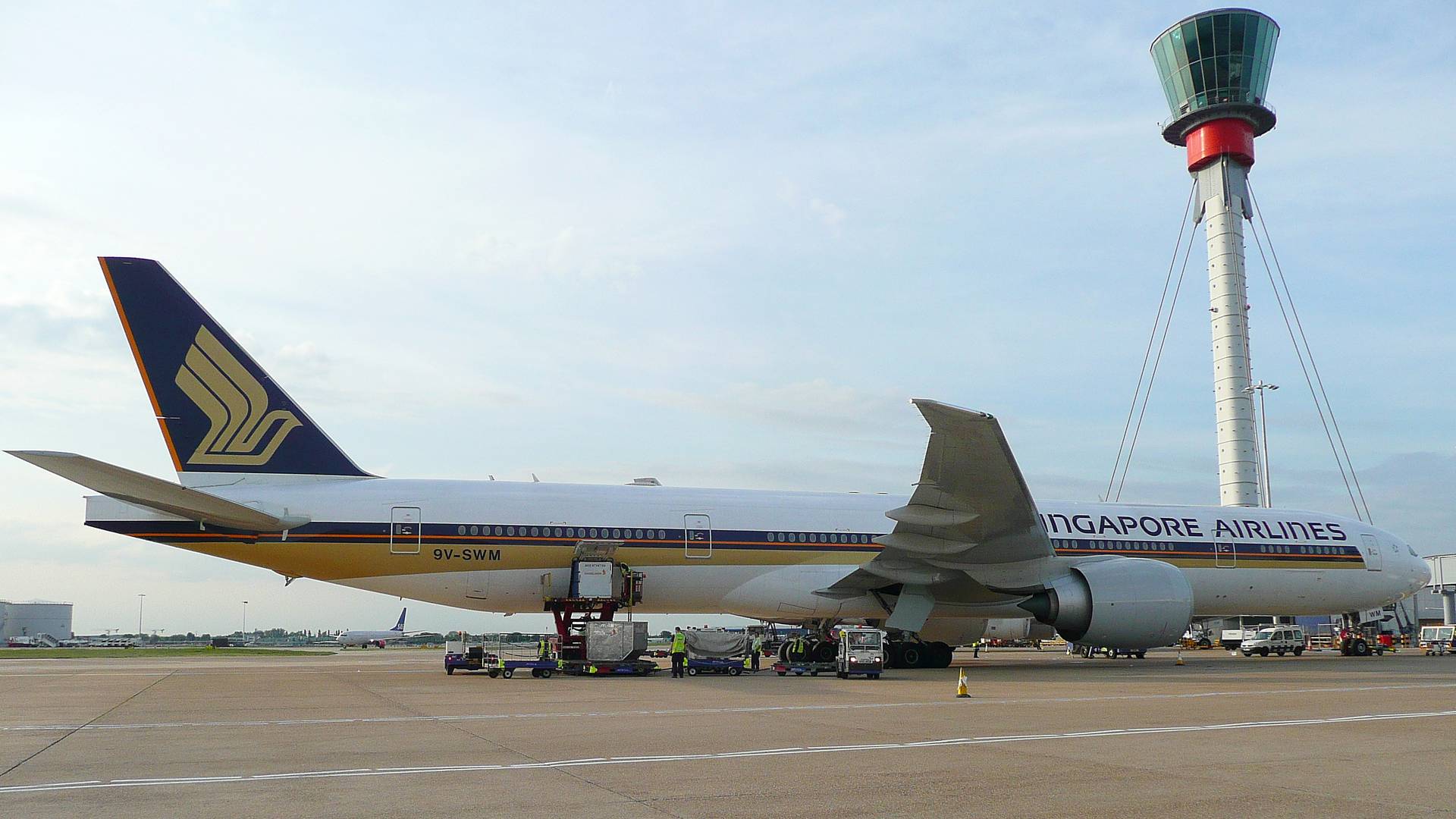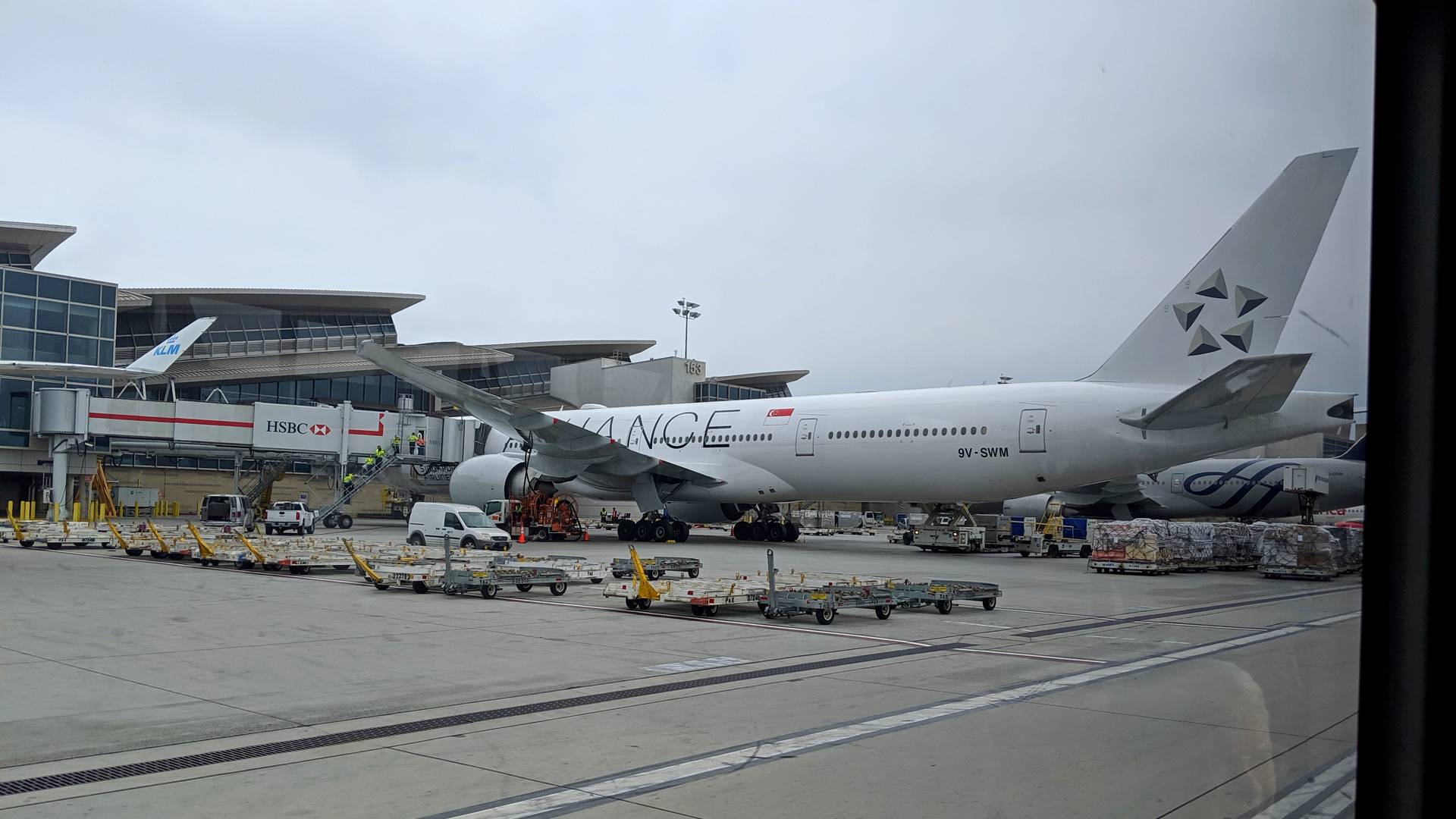The crew of a Singapore Airlines 777-300ER had to divert after severe turbulence caused one fatality and several injuries to those on board.
This accident happened on Tuesday the 21st of May. It involved Singapore Airlines flight SQ-321, departing from London Heathrow Airport (EGLL) in the UK. The flight’s destination was Singapore’s Changi Airport (WSSS). This is a daily service, departing from London at 10:05 PM.

On the day of this turbulence accident, the Singapore flight departed from London with a half-hour delay, using runway 09R. There were 211 passengers and 18 crew members on board. The flight’s departure appeared routine, initially leveling off at FL310 for their cruise.
As the aircraft became lighter, its crew climbed to FL370. The turbulence accident seemed to occur just over 10 hours into the flight, as the Singapore 777-300ER was flying over Myanmar. Singapore Airlines confirmed that there was a fatality and several injuries in the event.

Singapore Flight Lands After Severe Turbulence Event
At this time, it isn’t clear if the fatality and injuries involve both passengers and crew. In any case, the flight crew decided to divert to Bangkok Suvarnabhumi Airport (VTBS) in Thailand, initially descending to FL310.
The Singapore flight landed on runway 19R about 45 minutes after diverting. Medical crews were on standby for the accident flight, with several ambulances. The flight taxied to a remote stand near the waiting crews in Bangkok.

The Singapore flight likely experienced a clear air turbulence event. In some cases, it is also possible for wake turbulence from other airliners to affect an aircraft. These aren’t always easy to predict, especially between crossing airways, as disturbed air from one aircraft descends and expands slowly.
While situations like these are rare, airline crews always tell passengers to wear their seatbelts when seated because of the possibility for such events to happen. The belts don’t need to be very tight, but they need to be fastened.
The aircraft in this incident is a sixteen-year-old Boeing 777-300ER, with registration 9V-SWM. In previous years, the airline temporarily converted its interior for use as a freighter. It was returned to regular passenger service, with seats for 264 people, at the end of April this year.
Update: Latest Information
The individual who passed away in this turbulence event was a 73-year-old passenger on the Singapore flight. According to the authorities in Bangkok, he suffered from a heart attack. Among the injured, 7 individuals are in critical condition. 23 passengers and 7 passengers suffered various injuries in the accident.
Contrary to some media reports, the Singapore flight did NOT drop from FL370 to FL310 during the turbulence event. The aircraft appears to have hit turbulence several minutes earlier, at 07:49 UTC. The descent (initially to FL310) started at approximately 08:06 UTC.
ADS-B data shows a series of abrupt vertical accelerations, that lasted nearly one minute in total. While ADS-B can include barometric altimeter data from the aircraft, variations in air pressure during the event mean that actual vertical acceleration values could be different from those shown.




1 comment
DJ Laundry List
Can’t wait for the final report on this one. Some people are alleging that the pilots were negligent and flew directly over a storm cell (while nearby aircraft diverted) https://www.youtube.com/watch?v=tc7Hs9PKCUM. I wonder if their weather radar could have been malfunctioning, if the plane did in fact fly over a storm cell. Also, I read that clear air turbulence usually occurs between 30 and 60 degrees, where the jet stream is, so would they have been too close to the equator for that to be plausible here?